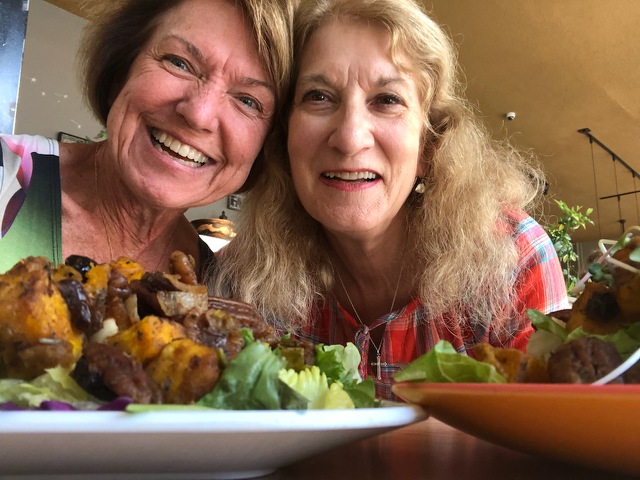Today, guest blogger and friend, Dr. Liz George, formally of Mercersburg, PA, shared an essay on Leaving Out Oils and How to Cook without Oil. Dr. George created a community service Healthy Eating Adventure (HEA) in 2010 to encourage a lifestyle of whole food, plant-based eating. HEA held a minimum of 3 adventures a year in our community. Tom and I began volunteering in 2010 and continued for about 10 years.
Dr. Liz retired from her practice and has since moved out of the area but during the COVID-19 pandemic she has held remote adventures. We miss her presents in our community! Below are some of her published articles.
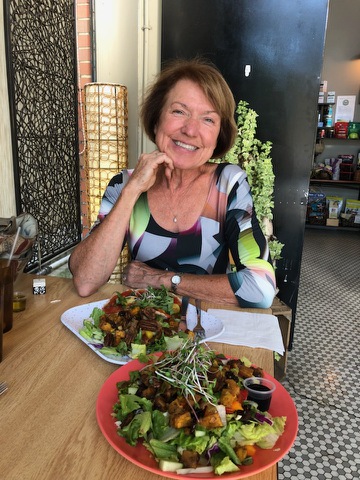
It’s no secret that the healthiest fats come from plants, rather than produced in plants. Our body does need fat for many things – including cell membranes, nerve fibers, hormone production, energy storage. It needs these especially in the form of omega 3 fatty acids, balanced with some omega 6 fatty acids. In contrast, consuming certain fats, particularly those high in saturated fats and trans fats, contributes to multiple problems especially atherosclerosis (plaques in arteries).
There’s a very interesting test called a “Tourniquet Test” which tests your arteries’ ability to dilate again after constriction. It’s done by compressing the artery in your arm with a BP cuff pumped up super high until your fingers start to tingle and turn dusky; then it’s released, and “Flow Mediated Dilation” FMD is measured. (It’s not a pleasant test, usually reserved for volunteers in medical studies.) Healthy arteries should dilate well with brisk blood flow following constriction release. Dilation of the arteries is facilitated by your “endothelium” – the smooth protective layer of cells lining your arteries. This cell layer is damaged by smoking, high BP, high glucose, fats, and inflammation in general – all contributing to plaque and narrowing. It turns out, that ingesting a meal loaded in fats and oils reduces the arteries’ endothelial ability to dilate as effectively.
One study used volunteer college students, measured their FMD’s and found very good arterial dilation. They then ate a typical egg/sausage breakfast croissant (from guess where), and the FMD was rechecked an hour later. Bad news – FMD had dropped significantly just from that one fatty meal. Four (4) hours later the Flow Mediated Dilation returned to normal.
But think how the Standard American Diet bombards our arteries with saturated fat throughout the day, and consider the impact on our arteries. Not only do the large amounts of fat in a meal have an immediate affect on arterial dilation, but also the saturated fats raise your LDL (“bad” cholesterol) and contribute to plaque production. Main sources of saturated fats include all animal products, meats of all kinds, (even chicken and fish), processed meats, fast foods, and highly processed packaged foods.
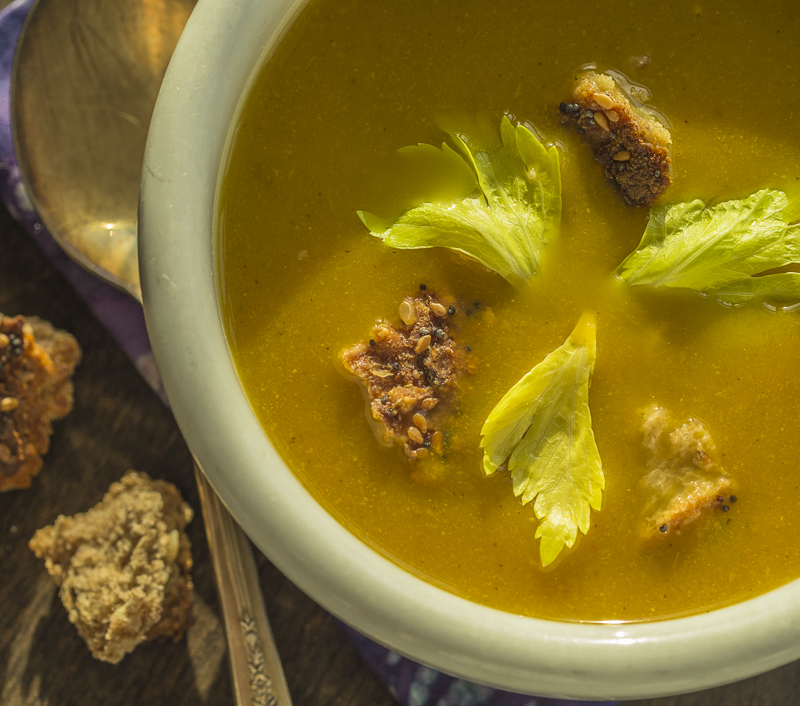
Surprisingly, studies have shown that even oils, whether for deep frying or added to sauces or soups, have a similar detrimental affect on Endothelial function – including olive, soy and palm oils. You might be saying, “but all the ads say olive oil is so good for you”. And, yes, it does contain some good nutrients, but also excess Omega 6 and not much Omega 3’s. Cooking with olive oil might be better than using the Standard American Diet fats for cooking. However, better yet, is to eliminate, or at least minimize oil, animal fats, processed fats from your eating habits.
Just to clarify, Omega 3 fatty acids are key in supporting cellular membranes, including nerve fibers and brain tissue (think Alzheimer’s prevention); it’s hard to get “too much”. Omega 6 on the other hand is important in our body’s defense mechanisms that create inflammation to fight infections and allergens. Too much Omega 6 creates too much inflammation – and can contribute to arthritis, rashes, arterial damage and on and on.
It’s complex – another issue is that when you squeeze the oil out of the plant (such as olives) you’re leaving behind fiber and numerous antioxidants, presenting your body with a dose of just fat to deal with. Basically, fat absorption like this will produce a rapid rise in serum triglycerides (fats) – impacting things like glucose uptake by cells and even Oxygen uptake! At times of hyperlipidemia (fatty load in blood after fatty intake), the capillaries (the blood vessels that directly supply our cells) are over crowded by the “chylomicrons” carrying fat; blood flow velocity decreases and so does oxygen availability to cells for key cellular function.
So the sum of all this is to get your fats directly from plants, not fats manufactured in plants; 1-2 Tbsp of ground flax seeds (ground), chia seeds and English walnuts are great sources of Omega 3’s (1 gm per day is recommended). These are all great on cereal, salad, vegetables, fruit or even in a smoothie. And there are many other sources! One cup of soybeans, navy beans, or kidney beans provides between 200 and 1,000 milligrams of omega-3s (0.2 to 1.0 grams). A four-ounce serving of tofu will provide over 0.6 grams of omega-3s. Actually many fruits and veggies contain the Omega 3 “ALA” (alpha lipoic acid) – kale, spinach, broccoli, peas, Brussels sprouts, tomatoes to list a few. And, as noted, leave out the foods with saturated fats.
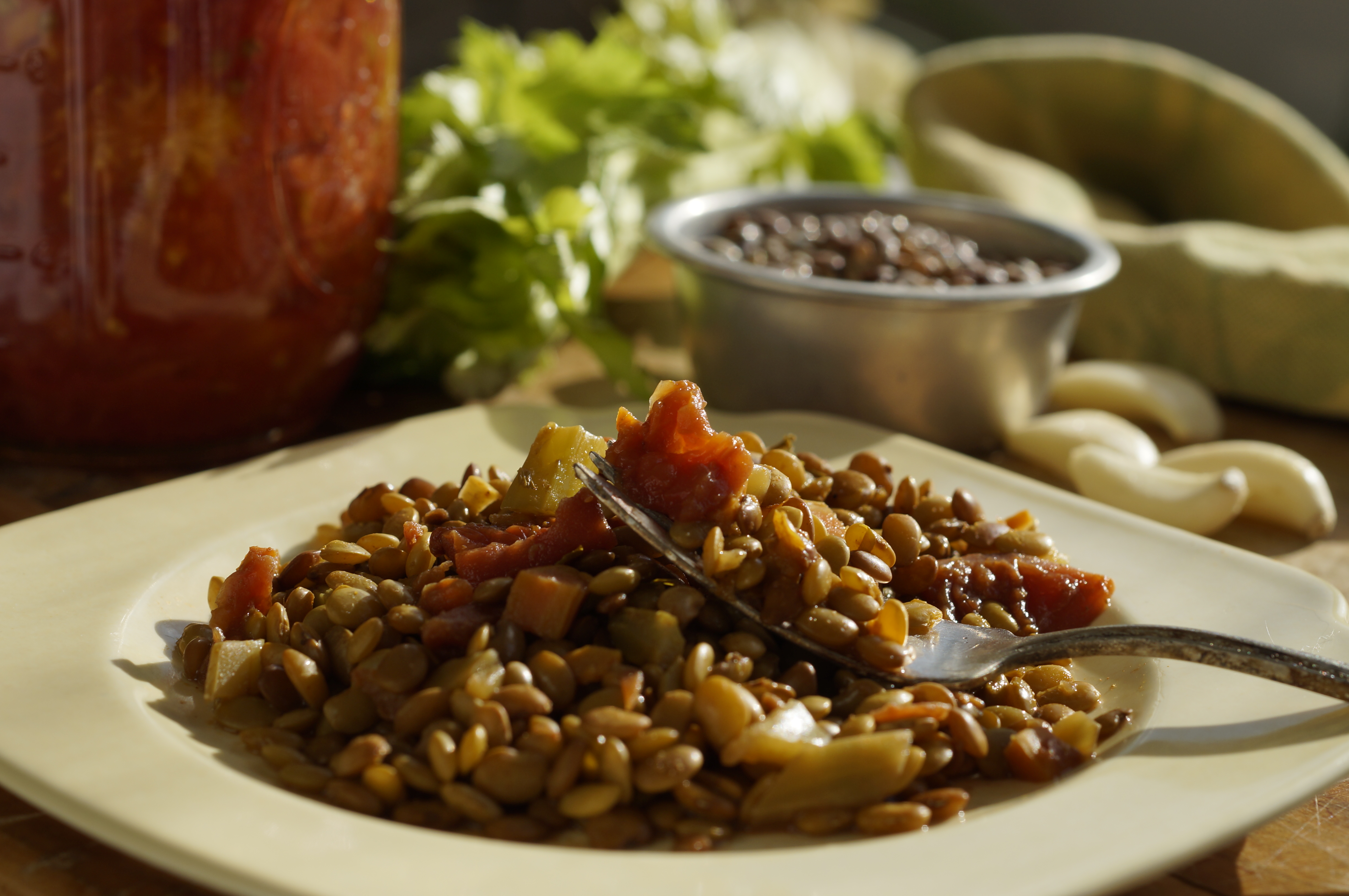
You might be asking, but how can I get salad dressing without oil? Take time to read your ingredients (prepare to be stunned by the list of unpronounceable additives, preservatives); however, you’ll find some good options, such as Bolthouse. Or use a drizzle of balsamic vinegar (and there are all sorts of flavors) – ask Harry Mc Cullough (Romeo’s) – creating vinegar is like creating a fine wine. Here’s a simple 3:2:1 salad dressing recipe from the Prevent and Reverse Heart Disease Cook Book:
3 Tbsp of Balsamic Vinegar
2 Tbsp of Mustard of your choice
1 Tbsp of real maple syrup
Juice of 1 lemon
Pinch of freshly ground white pepper (optional)
Combine all ingredients in a small bowl, whisk until smooth and serve over salad or greens.
Or try this Citrus Salad Dressing
3 Tbsp fresh orange juice
Zest and juice of 1 lime
6 mint leaves, cut into chiffonade (role the leaves, slice across thinly)
Whisk together
Your next question might be “but how can I cook without oil”. First of all, you can actually taste your food better if it’s not coated with oil. Your roasted and grilled vegetables do not need oil to cook (and the clean up is much easier). At a restaurant, if you ask the chef, they will often prepare your dish without oil. Leave oil out of the soup and sauce recipes and don’t add it to your pasta or grains as they cook.
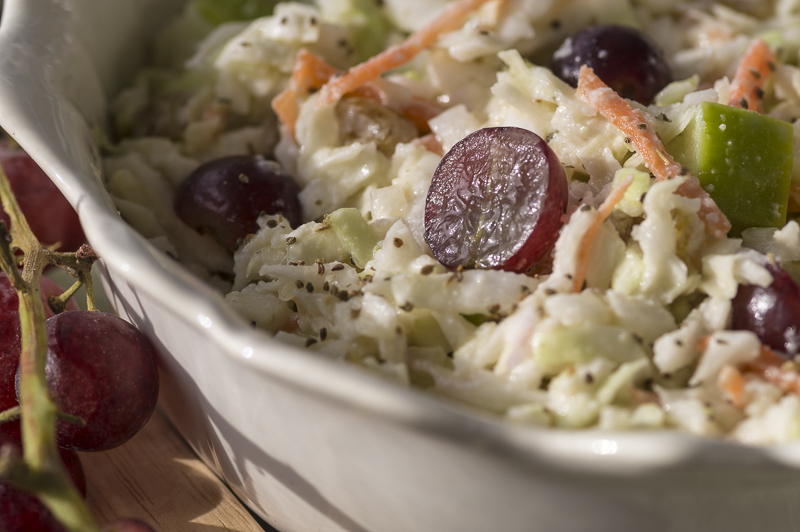
Clean up is SO much easier when you cook without oil. For cooking veggies for a stir “fry” or as a start to a soup, sauce or stew, you’ll put your “moist” vegetables (such as carrot, onion and celery) on first, so they will give up their moisture to help cook the other veggies. Cut your veggies to whatever size you like. Heat your nonstick pan to medium high. Toss your moist veggies on, stir often with soft spatula; they will turn shiny letting go of some moisture and also start to brown. Turn the heat down to medium. If veggies start to stick, add a tablespoon or two of some water, veggie stock, wine, apple juice…. whatever … continue adding as needed. Then add your choice of other veggies, perhaps peppers, mushrooms and add spices. You could add ginger, garlic and pineapple and serve as a stir fry over rice. OR You could add garlic, oregano, tomato and cauliflower and toss with whole grain noodles to make a pasta primavera. OR you could add potatoes, peas, beans (such as Great Northern or Butter Beans), your favorite herbs and more veggie stock to make a soup or stew.
The options for cooking from scratch without oil are endless, easy and tasty! And your endothelium will take good care of you!
The home page of the Healthy Eating Adventure Website has “How To’s” on all of these. Healthyeatingadventure.org


